Where and How to Find Walleye: Fish Finder Tips
6 Walleye Fishing Tips for Finding More Fish With Your Electronics – Breaking down locations, cover, baits, and more.
Tracking down walleyes can be a difficult task, but by applying some new tactics, you'll be likely to boat a few more hungry walleyes on your next trip.
We caught up with Green Bay walleye and musky guide, Doug Wegner to discuss how he likes to start his search and the tools that he uses to break down the water to find quality, fish-holding spots.
Where to Find Walleye in Spring and Fall
Flats Near Deep Water
Doug prefers to target warmer water, which is typically near shore on big bodies of water like Lake Michigan, but could also be near river mouths, weed flats or hard bottom flats on your body of water.
The first place Doug starts is by studying his Humminbird LakeMaster® mapping to find shallower flats near the shoreline that should hold schooling walleyes.
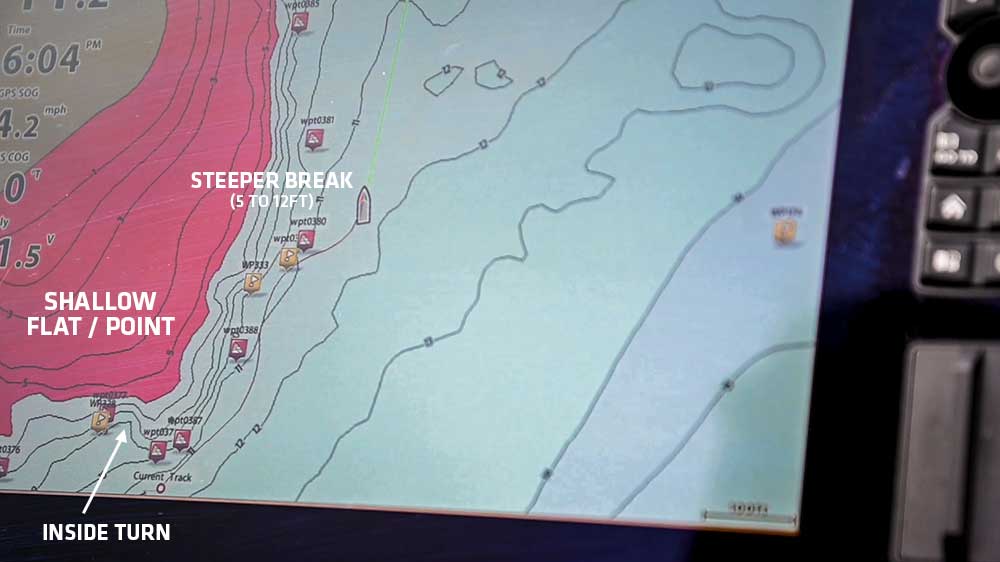
That may sound simple, but Wegner doesn't locate just any flat and start fishing it, he believes it's important for there to be a steep break or drop off, located adjacent to the typical gravel-rich, shallow water spawning grounds.
"For me, walleyes like a sharp edge. I look for places where they can move from deep to shallow water, especially in low-light feeding periods." says Wegner.
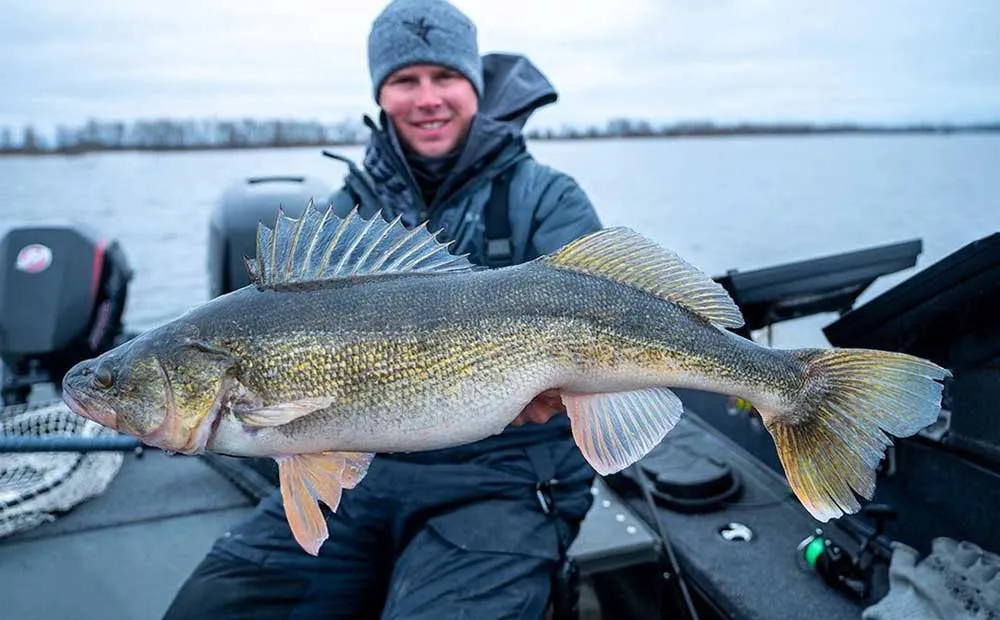
Another thing to look for on your map are points and inside turns that meet up with shallow flats. These can be quality "spot on the spot" places to start. Once he locates a flat near deep water, he employs the next tactic.
How to Find Walleye with Your Fish Finder
Using Side Imaging to Locate Cover – Rock, Weeds and Transitions
This is where his MEGA Side Imaging® comes into play. Doug will drive these areas at about 3-5 mph while watching his sonar screens, looking for a few important pieces of information that point him in the direction of the fish.
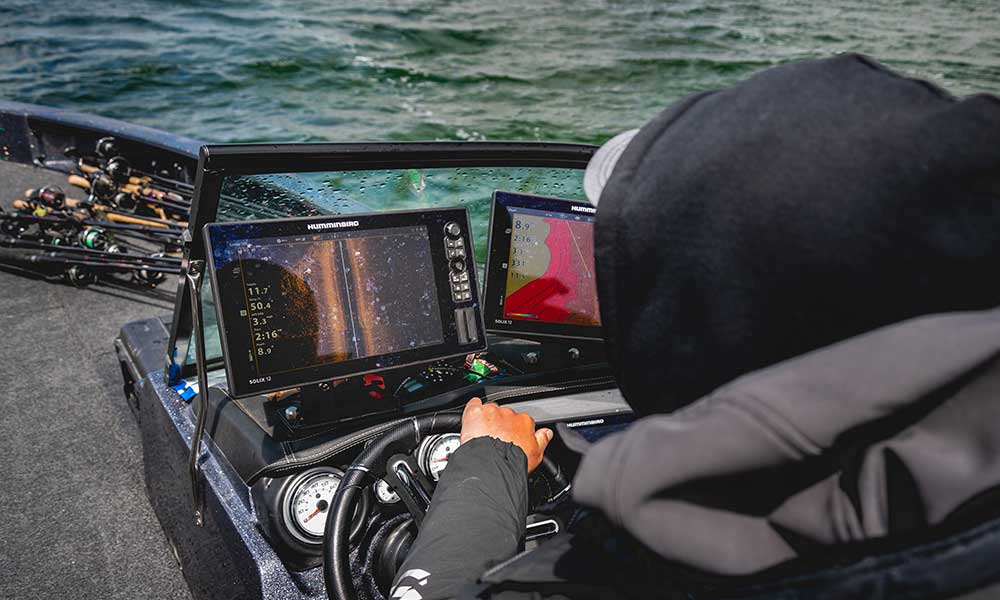
"You need to be able to understand what your spot is and what's going on there before you fish it. I spend a lot of time driving around on new stuff before I even make a cast. Once I understand how it lays out, I'll know if it's actually holding fish and how to fish it most effectively."
Find Soft to Hard Bottom Transitions
On Lake Michigan where Wegner guides, sand to rock transition are a very common area to find walleyes under the right conditions (as shown in the video above).
The same can be said for walleyes on other bodies of water, where they stage on rock or weed edges as they meet sand or mud, allowing them to ambush bait or slide up for shallow for warmer water temperatures.
"I like really hard transition lines, if you can go from a soft to hard bottom or from a weed edge to mud or sand, these seem to be really key spots for myself," added Wegner.
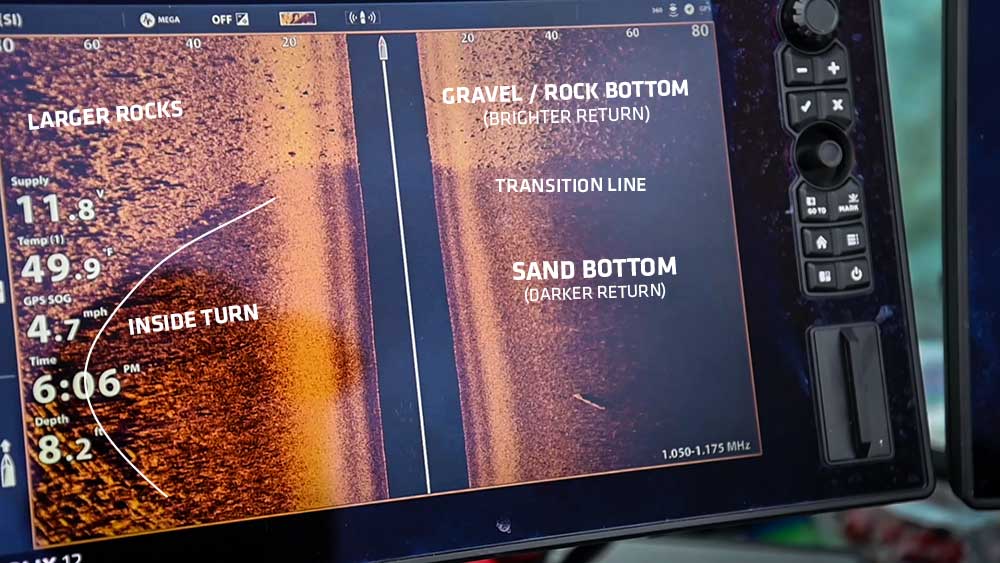
When viewing Side Imaging, softer bottom shows up dark on your screen, and as you get into the harder bottom that screen will be brighter, resulting from a stronger sonar return off the denser bottom.
If you're new to reading side imaging, check out this video instructional on How Side Imaging Works and How to Read It.
Points and Inside Turns within the Rock or Weed Edges
If you're familiar with what a point or inside turn is on a contour map, as mentioned above, the same thing can be applied to weed edges or gravel bars.
As you might suspect, inside turns and points within the cover is also a very effective area to target. Walleyes like to use these areas to get out of any current or wind and use the cover to ambush bait.
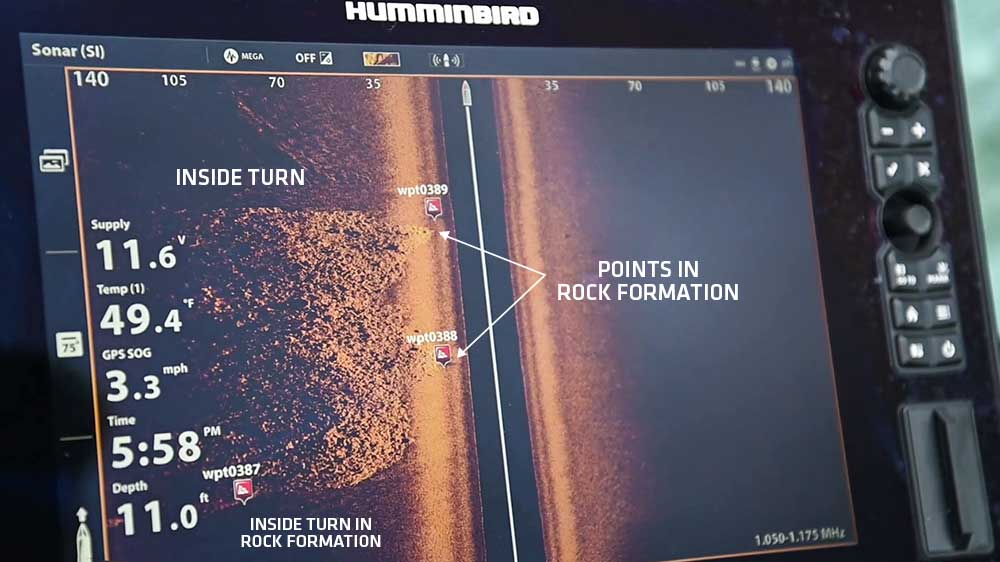
To find these areas, Doug will idle through areas with rock or weed formations, placing waypoints on the outer edges of the structure, making sure to place icons on any areas that stick out (point) or cut inwards (inside turn).
Once these are marked and it is time to begin fishing the area, he can effectively position his boat within a cast's length to effectively make targeted casts to those edges of the rock or weeds.
An additional takeaway is how Wegner uses his waypoints around structure. He codes his SOLIX waypoints so he can quickly identify the type of structure by icon type and marks them in red, different from other icon colors, in order to remind him to avoid crossing into an area where he may spook fish.
Walleye Fishing Techniques: How to Effectively Fish the Spot
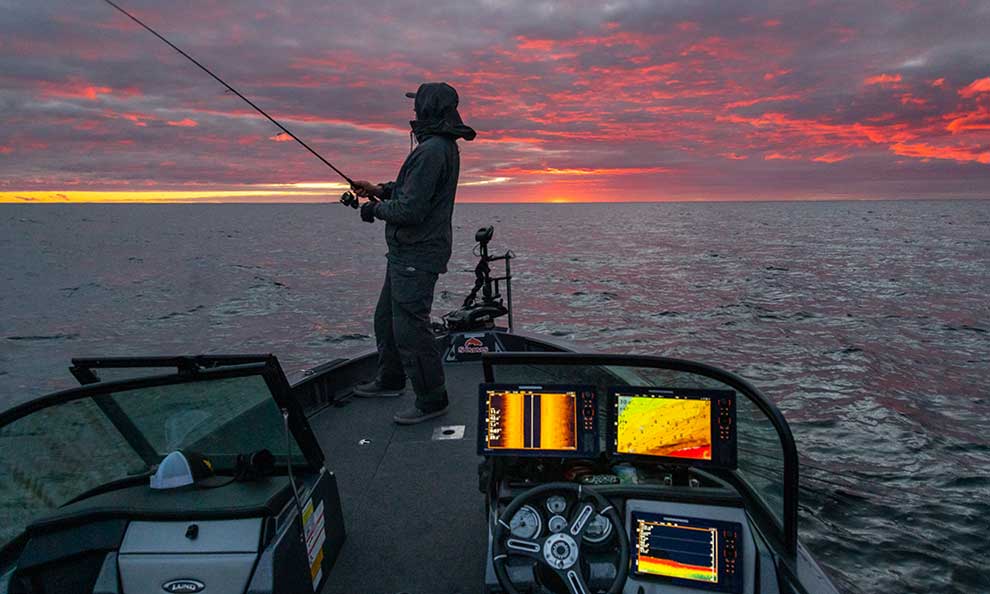
Now that you've found quality areas and have dropped your waypoints, you're ready to start tossing casts out there, right? "Hold on," Wegner says, "even the best areas can be messed up if you don't approach them correctly or keep your boat under control. It's important to know how to set yourself up to make accurate casts in order to catch fish on those waypoints."
Boat positioning is key when you begin fishing these areas. Typically, it's easiest to get the boat upwind or crosswind, on the outside edge of your waypoint, casting downwind or crosswind in order to better control your bait and boat.
Wegner relies heavily on the Spot-Lock™ GPS anchor on his Minn Kota® trolling motor to hold the boat on the sweet spot while he and his clients pepper the area with casts.
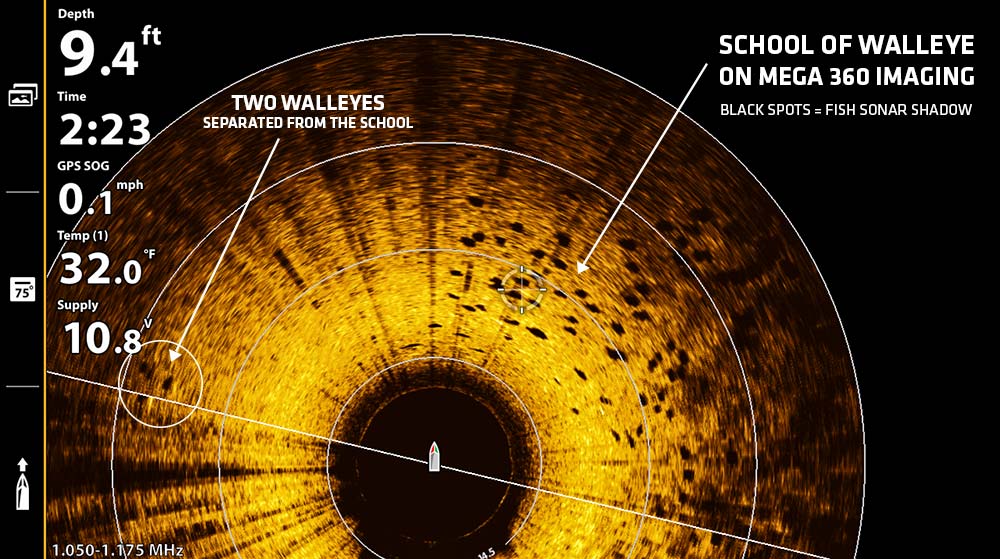
With these walleye fishing techniques, he utilizes Humminbird's MEGA 360 Imagingâ„¢, which is like an underwater radar that continuously scans with MEGA Imaging detail and clarity, looking 360 degrees around his boat.
This tool proves extremely useful for spotting the transition lines, isolated cover, and fish that may be roaming around your boat.

Making a cast directly to fish or cover is as simple as finding your target on MEGA 360 Imaging, lining up your rod in that direction, and casting your favorite walleye bait right to the fish.
Best Spring and Fall Walleye Fishing Lures
While there are many different spring and fall walleye fishing lures and applications depending on your body of water, here are a few that Doug points to for their continued success for landing more big walleye.
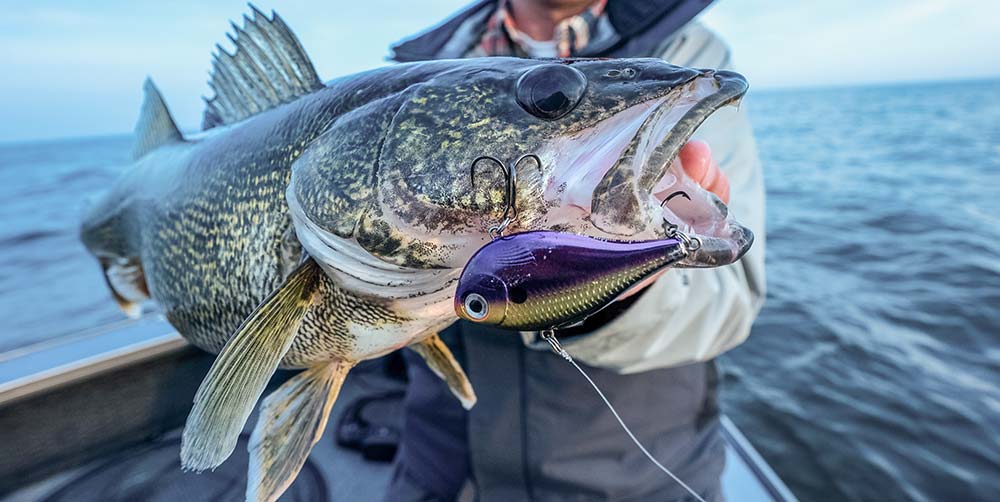
- Rippin' Rap - Size: #6-7 – Focus on throwing near soft to hard bottom transitions as we mention above. Make bottom contact and snap jigging (yo-yo) off the bottom. If fishing rocky areas, throw up on top of the rocks, and if fishing weed lines focus on the outer edge.
- Swimbaits - Size: 4-5" – He uses a bullet-style swimbait head in 3/8oz (shallow water) to 3/4oz (deeper water) with a 3.8" to 4.8" swimbait. Use the same presentation as the Rippin' Rap (snap jigging) and making bottom contact is critical.
- Hair Jigs – 3/8oz and 1/2oz VMC hair jig. Twitching or dragging the jig along the bottom is an effective retrieve.
- Jig & Minnow – A short shank live bait jig with a minnow. Jighead size will vary based on depth and wind.
- Blade Baits - 3/8oz and 1/2oz and snapping jigging off the bottom (same as Rippin' Rap).
To learn more about Doug, or to book a guided walleye or musky trip, visit www.dougwegnerfishing.com or follow him on his social media accounts.






